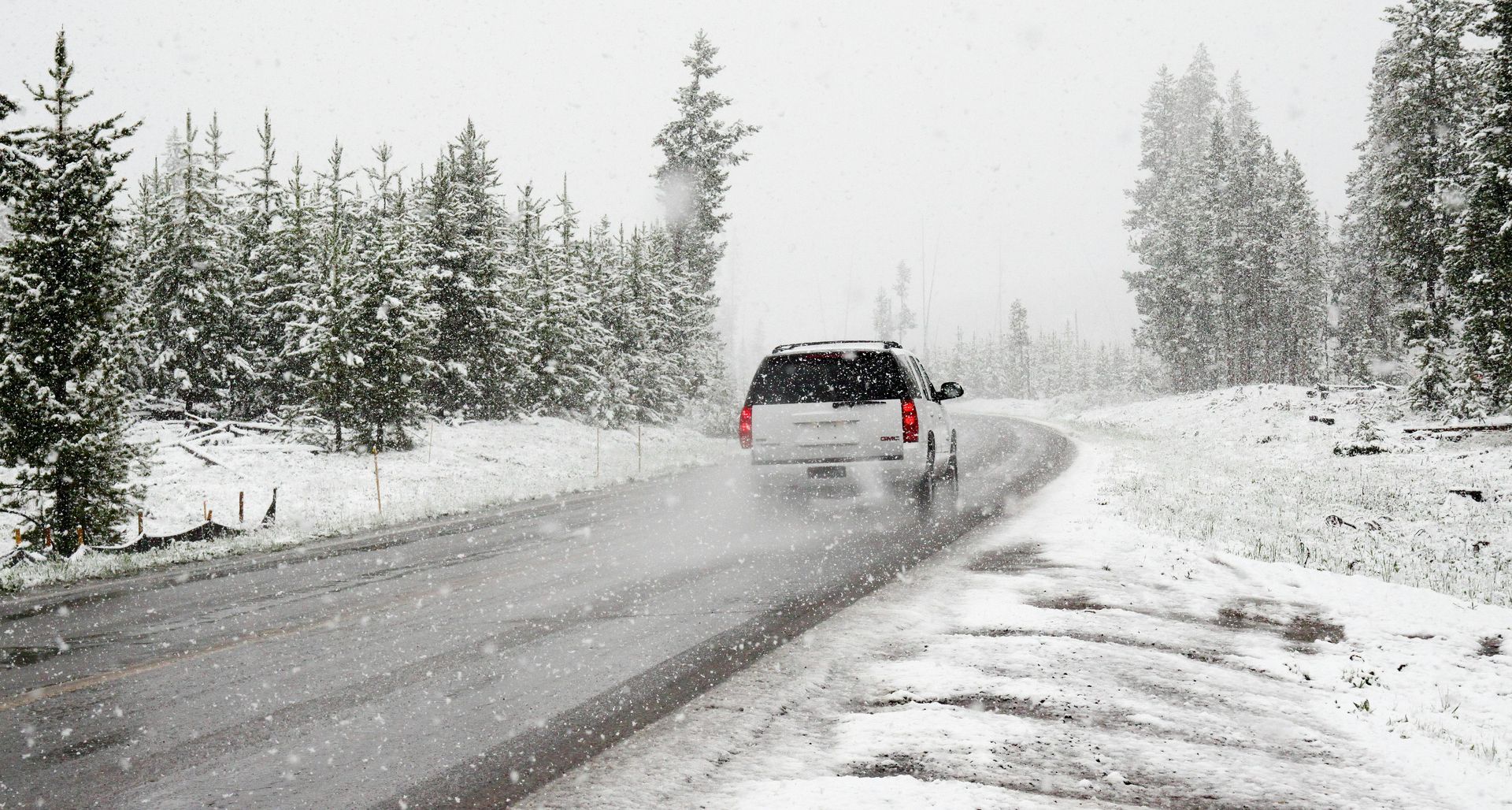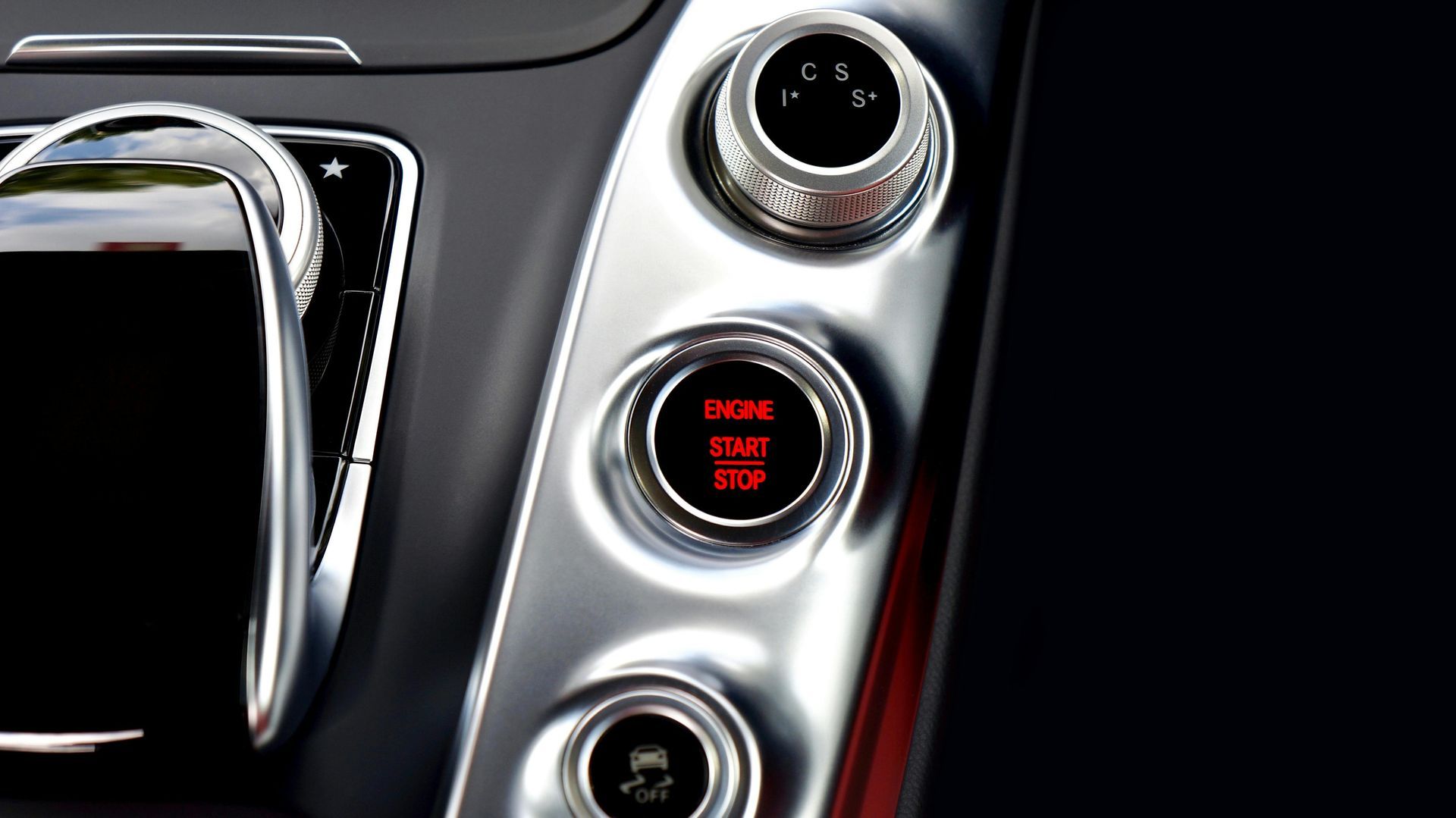Winter Car Care: 7 Tips to Prepare Your Car for Cold Weather.

Winter can be tough on vehicles, with freezing temperatures, snow, and ice posing significant challenges to both performance and safety. Preparing your car for winter ensures it can handle the colder months without breaking down or causing safety issues. By taking the right precautions, you can minimize the risk of winter-related problems and keep your car running smoothly. Here are seven essential tips to help you get your vehicle winter-ready.
1. Check and Replace Your Tires
Tires are your vehicle’s first line of defense against winter hazards like snow and ice, so having the right tires is critical.
- Switch to Winter Tires: Winter tires are designed to provide better traction in snow and ice. If you live in an area with harsh winters, consider switching to winter tires that have deeper tread and are made from materials that stay flexible in cold temperatures.
- Check Tread Depth: If you’re sticking with all-season tires, make sure they have adequate tread. Worn tires won’t grip the road well in slippery conditions, increasing your risk of skidding.
- Monitor Tire Pressure: Cold weather causes tire pressure to drop, which can affect traction and fuel efficiency. Check your tire pressure regularly and inflate them as needed to the manufacturer’s recommended levels.
2. Test the Battery
Cold temperatures can significantly reduce a car battery’s performance, making it more likely to fail when you need it most.
- Test Battery Strength: Have your battery tested before winter hits, especially if it’s over three years old. A weak battery may struggle to start your car in freezing temperatures.
- Check for Corrosion: Inspect the battery terminals for any signs of corrosion or rust. Clean them if necessary, as dirty terminals can interfere with the battery's ability to charge.
- Keep Jumper Cables Handy: Even with proper care, a battery can fail unexpectedly in the winter. Always carry jumper cables in your car to avoid being stranded.
3. Inspect and Refill Fluids
Cold weather puts additional strain on your vehicle’s fluids, so keeping them at optimal levels is crucial for smooth operation.
- Top Off Coolant/Antifreeze: Your car’s coolant (antifreeze) prevents the engine from freezing in cold temperatures. Check the levels and refill if necessary, ensuring the mix is suitable for winter.
- Use Winter-Grade Oil: Cold weather causes oil to thicken, which can make it harder for your engine to turn over. Switch to a winter-grade oil, which is thinner and flows better in freezing conditions.
- Fill Windshield Washer Fluid: Winter brings dirty, slushy roads, so you’ll likely use more windshield washer fluid. Make sure it’s rated for freezing temperatures to avoid the fluid freezing in the reservoir or on your windshield.
4. Check Your Heater and Defroster
Staying warm and maintaining visibility are essential for safe winter driving, so make sure your car’s heater and defroster are in good working order.
- Test the Heater: Make sure your car’s heater is blowing hot air before the cold weather hits. If it’s blowing cold, the issue could be with the heater core, which should be repaired before winter.
- Ensure the Defroster Works: The defroster clears your windshield of fog and frost, which is crucial for visibility. If it’s not working, check for problems with the blower motor or control switches.
5. Inspect the Brakes
Winter roads can be slippery, so your brakes need to be in top shape to ensure safe stopping.
- Check Brake Pads and Rotors: Ensure your brake pads have enough thickness and that the rotors are free from warping. If your brakes squeal, grind, or feel spongy, have them inspected immediately.
- Test Brake Response: Pay attention to how your brakes feel during a drive. Any delay in response or unusual vibrations could signal a problem that needs to be fixed before winter.
6. Replace Wiper Blades
Good visibility is crucial in winter conditions when snow and ice can quickly reduce what you can see on the road.
- Install Winter Wiper Blades: Winter wiper blades are designed to handle snow and ice more effectively. Their rubber is more durable, preventing snow buildup that can render standard blades ineffective.
- Check for Streaking: If your wipers leave streaks or fail to clear your windshield entirely, replace them. Worn blades won’t help in winter storms and can significantly reduce visibility.
- Keep an Ice Scraper in the Car: Along with proper wipers, an ice scraper is essential to remove frost and ice buildup before driving. Never use your wipers to clear heavy snow or ice.
7. Stock an Emergency Kit
Unexpected situations like breakdowns or getting stuck in snow can happen, so being prepared for emergencies is vital.
- Pack Warm Clothes and Blankets: If you get stuck or your car breaks down, having warm clothing and blankets can keep you comfortable until help arrives.
- Include a Flashlight and Extra Batteries: A flashlight is useful if your car breaks down in the dark. Be sure to pack extra batteries as well.
- Carry Non-Perishable Food and Water: Keep snacks and water in your car in case you’re stranded for an extended period.
- Shovel and Traction Aids: A small shovel can help you dig your car out of snow, and traction aids like sand or kitty litter can give your tires grip to get moving again.
Following these winter car care tips will help protect your vehicle from the harsh elements and ensure you’re ready to face any challenges on the road. With proper preparation, your car will stay reliable and safe throughout the winter months.



